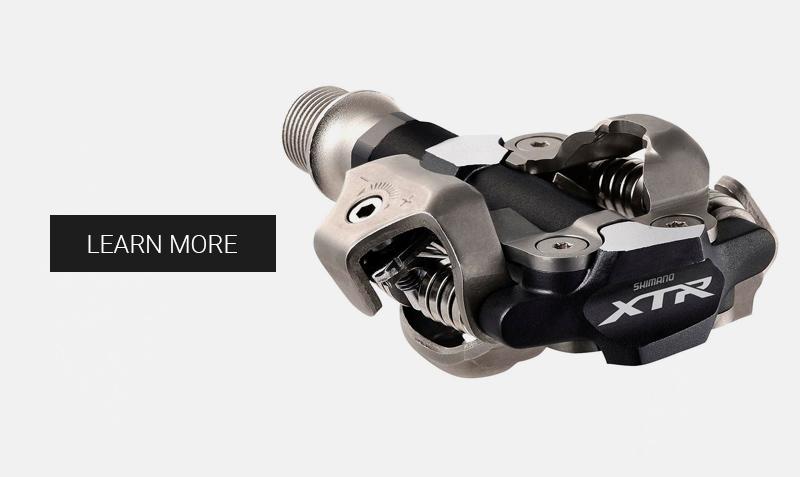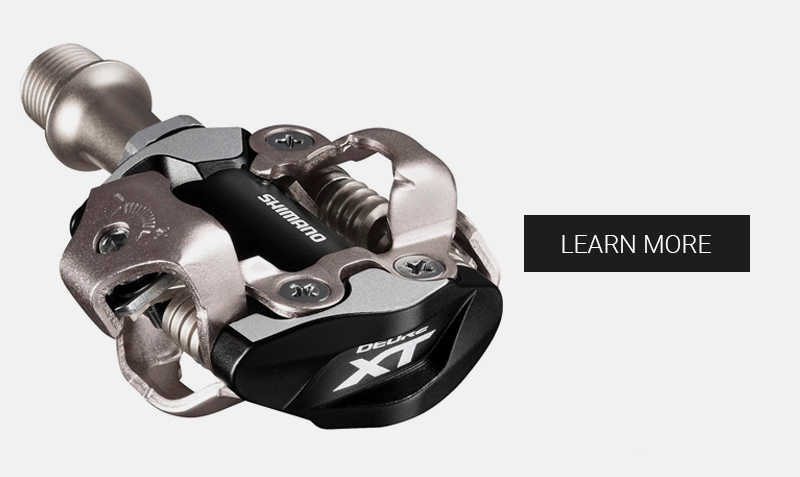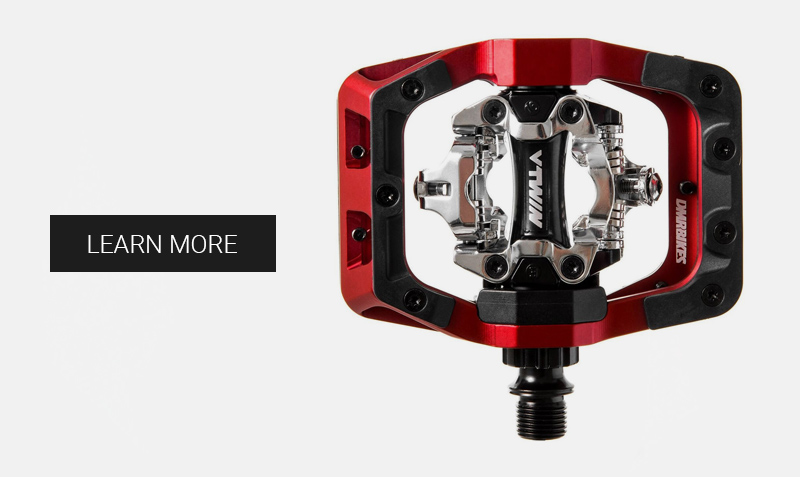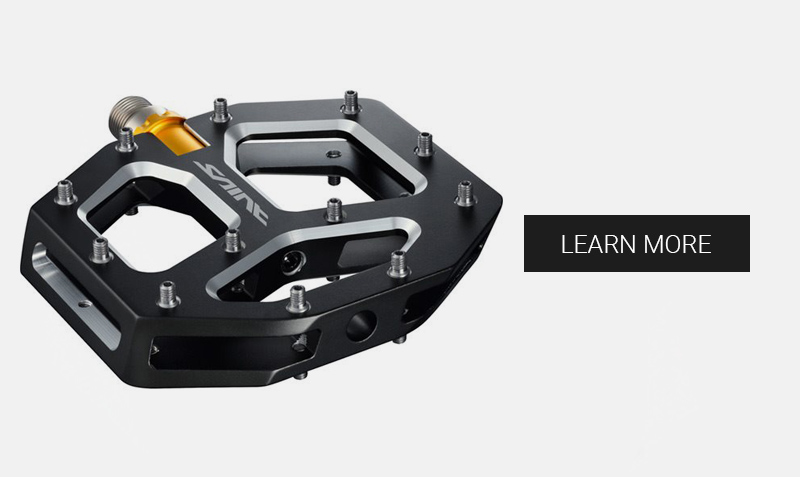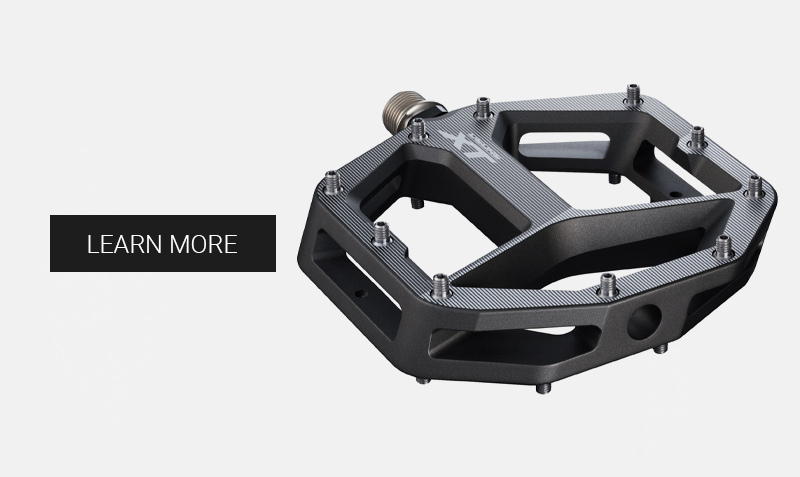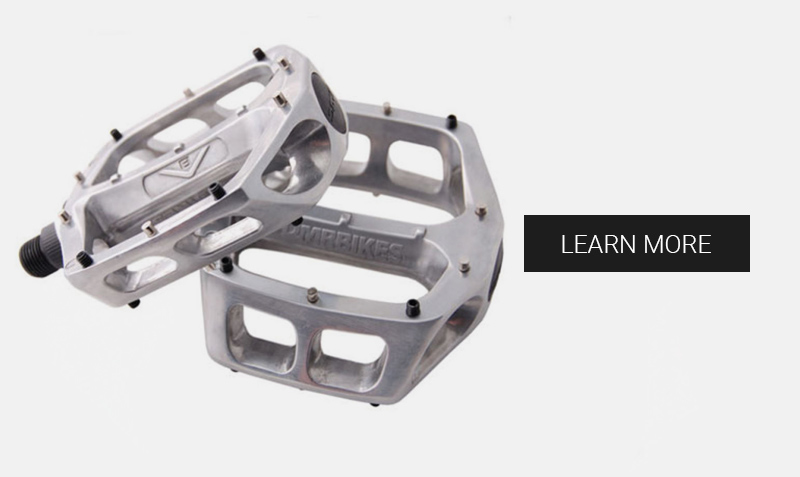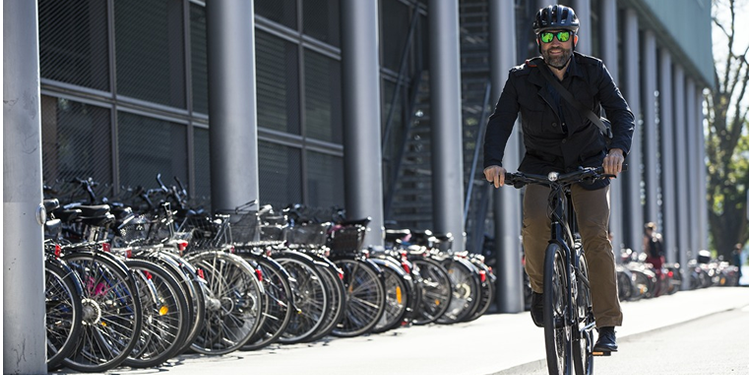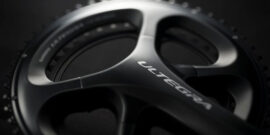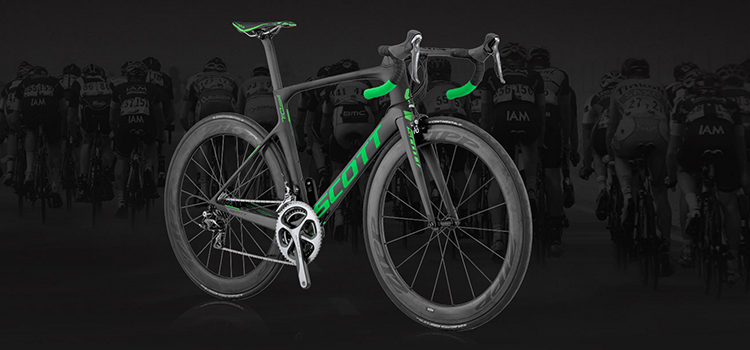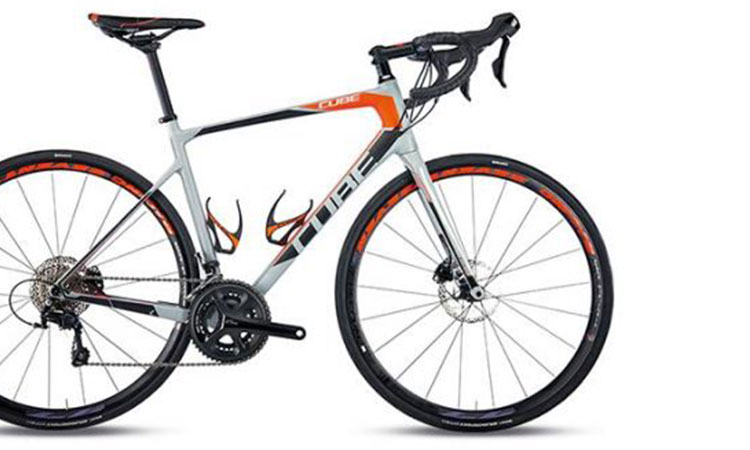As one of your three main contact points on a bike, pedals are a vital part to consider when building your dream machine. But with many different types out there, all designed for different disciplines, choosing the ones most suited to you can get a little complicated.
Do you opt for flats or clipless? Shimano or DMR? The pedal market can be an absolute nightmare for newcomers. Fear not, however, for we’ve put together this handy beginner’s guide to teach you the art of selecting the perfect pair of pedals.
Step 1: Choosing the right type of pedals
Many of you may have clicked on this guide to learn which pedals are the best for saving weight, improving performance or generating more grip against your shoe, but before we get into all that technical jargon we first need to identify – quite simply – what type of pedal is best suited to your kind of riding.
If you’re focused on doing lots of climbing or you feel like you want to race your bike, then you’re going to want to dive straight into the clipless pedal market. These pedals, sometimes referred to as ‘clip-ins’, securely attach your feet to the pedals, offering increased control over the bike and better power transfer. It’s a confusing name, so try to remember that in this case, ‘clipless’ actually means ‘clipped in’. And if you’re wondering why this is the case, it’s all thanks to the traditional old-fashioned toe-clips – they’re ‘clipless’ in reference to the lack of toe-clips rather than the clipping together of cleat and pedal.
Clipless pedals will also ensure that your feet are always aligned in the correct position over the pedal axle, enabling more effective power transfer through the pedals and helping you go faster.
Clipless pedals work via a spring mechanism in the pedal that allows you to ‘clip’ the cleats – handy bits of plastic or aluminium securely fastened to the base of your shoe – in and out of the pedals. Most clipless pedal systems are simple to master, just push your toe forward into the pedal and then press down with the ball of your foot until you hear an ever-so-satisfying ‘click’. To take your foot out, simply twist your heel outwards (away from the bike) until the cleat releases.
MTB-specific clipless pedals look a little different to road-specific clipless pedals – they’re more compact and often not as aerodynamic. One of their main advantages over road-specific clipless pedals, however, is that they’re double-sided, allowing you to clip straight back in with ease.
Flat pedals, or ‘flats’ as they’re more commonly known in the industry, are the kind you most likely had on your first bike. These are the perfect pedals for the more chilled out riders among you, those who aren’t worried about efficient power transfer or perfect ‘above-pedal-axle’ positioning.
Flats are especially good for those MTBers who regularly find themselves riding dicey downhill trails. Flats give you what most clipless MTB pedals cannot: a large stable platform that allows you to move your feet around. Moving your feet helps you to shift your weight around the bike, an essential skill when it comes to riding technical downhill terrain. There may also be moments when knowing you can put your foot down without warning can prove immensely reassuring, for instance, to steady yourself over leaf-strewn trails or on particularly sketchy corners. All that being said, while traditionally, elite downhill racers might not have used clipless (because the amount of pedalling in DH is minimal), even they are moving onto clipless now in pursuit of more speed and stability.
If you really want to nerd out, check this video from Pinkbike where some of the Enduro World Series’ professional riders talk through their own pedal/shoe setups.
Step 2: Key features to look out for
When it comes to MTB-specific clipless pedals most riders opt for sturdier and more robust materials, like aluminium. Pedals with a large degree of mud-clearance are also preferable because you’re going to be throwing up a lot of dirt as you rag your bike around the trails, particularly in the wetter winter months. The DMR V-Twin offers a really nice ‘goldilocks zone’ between the wide platform of a flat pedal and the security and control of a clipless. Ideal, particularly if you accidentally unclip, then struggle to clip back in. You’ll still have plenty of pedal to play with as you push through the technical stuff.
For flat pedals, the more contact area the better. Look for low-profile broad platforms with lots of little pins which will really help you secure your shoes against the surface of the pedal and maintain traction. The Shimano Saint M828 is a truly epic flat MTB pedal that’ll give you loads of grip and control over the bike.
Step 3: Don’t forget the cleats
If you’ve chosen to go down the clipless route, you’re going to need a pair of cleats. These are pieces of plastic, or aluminium, that attach to the base of your shoe and allow you to clip into your clipless pedals.
You can purchase cleats with differing degrees of ‘float’. Float refers to the amount of lateral rotation you can make once the cleat is clipped into the pedal. For a super-tight and power-efficient bond, go for a small degree of float. If you’re worried about clipping in and out, or just need to give your joints a little bit of wiggle room, opt for a larger degree of float.
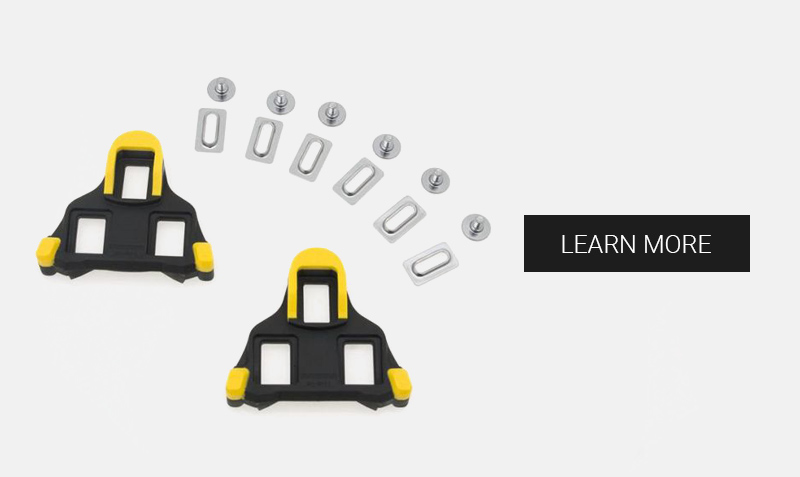
One last thing to remember: Most MTB-specific clipless pedals use a two-bolt system, while road-specific ones us a three-bolt system, so make sure you select the right ones for the pedals you’ve chosen!
Be sure to check out our full range of pedals by clicking here.


